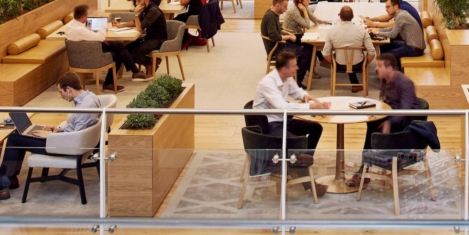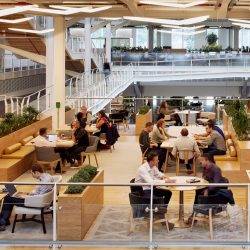December 6, 2017
Smart cities could lead to cost savings of $5 trillion for firms and governments, report claims
Smart city technologies could save businesses, governments and citizens globally over US$5 trillion annually by 2022 according to a new whitepaper from ABI Research (registration required). The new white paper analyses the scope for cost savings and efficiency as a driver for smart city deployments, smart technologies and the Internet of Things (IoT). According to the report, titled ‘Smart Cities and Cost Savings,’ the use and deployment of IoT and smart technologies will be pivotal to the future success of smart cities, but only if players collaborate to embrace a holistic approach. With higher concentrations of people and enterprises in cities as a result of urbanisation, smart city and IoT technology, along with new sharing and service economy paradigms, will be key for cities to optimise the use of existing assets, maximise efficiencies, obtain economies of scale and ultimately create a more sustainable environment. Automation, artificial intelligence, along with sensors, data-sharing and analytics, will all be critical in helping cities save costs.




























November 9, 2017
Review: ushering in a new era for the coworking phenomenon 0
by Paul Carder • Comment, Coworking, Technology, Work&Place, Workplace design
Ramon Suarez has produced a very practical book, based on his own experience as one of the pioneers of coworking. And let’s be clear – it is coworking (not “co-working”; there is no hyphen), as Suarez explains, “a coworker (a member of a coworking space) is not the same as a co-worker (somebody who happens to work for the same company or in your same office)”. On his business card, Suarez describes his role as “Serendipity Accelerator”- you will understand that if you read the book. Suarez differentiates coworking from its many (and mostly false) aliases. Shared offices may be collaborative, but do not provide the network of people found in a good coworking space. Networked offices, where more than one company shares space and may collaborate, “come close” to coworking. Hacker & Maker spaces, Accelerators, Incubators and Cafes are similarly differentiated.
(more…)